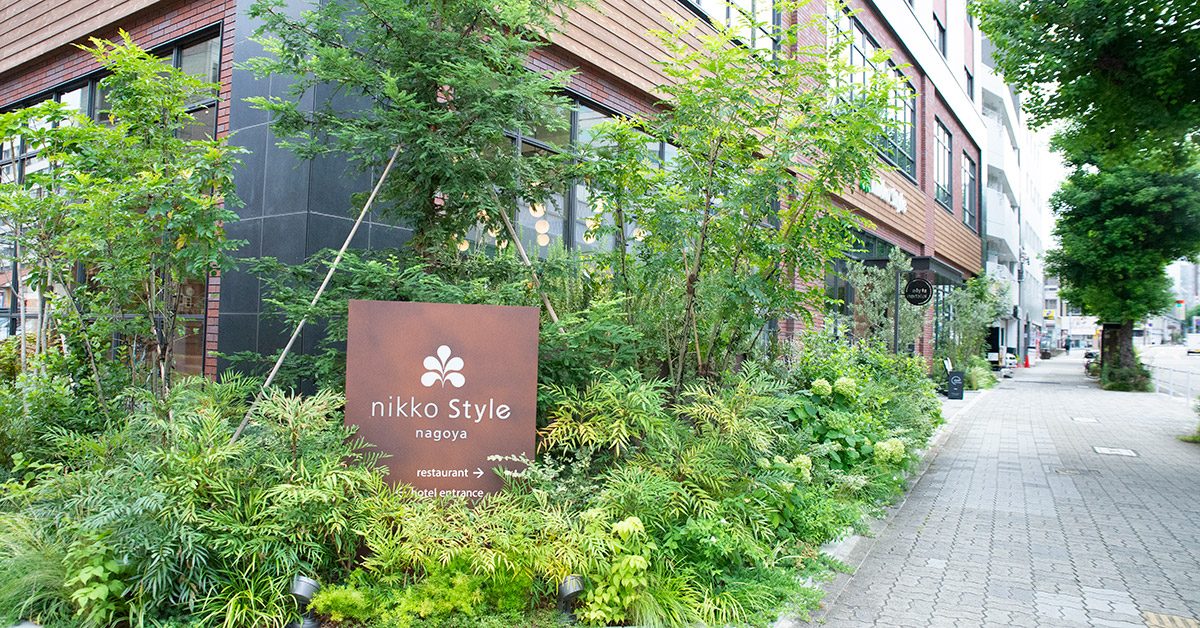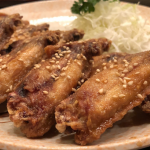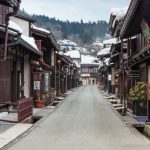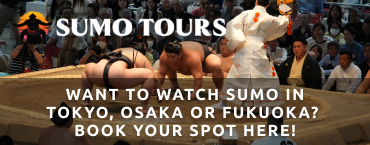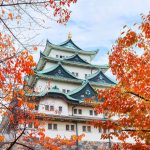Planning a trip to Japan this winter (December to February)?
Make Nagoya, Aichi, and the Central Japan area your top destination for unforgettable winter experiences! From breathtaking snowscapes to seasonal festivals, local delicacies, and hidden gems, this region offers a perfect blend of tradition, nature, and culture. In this guide, we’ll show you the best spots to stay warm and cozy, as well as must-attend events, local travel tips, and all the seasonal foods you won’t want to miss. Get ready for a truly memorable winter adventure in the heart of Japan!
Article Contents
Reasons to Visit Nagoya in Winter
Winter in Nagoya, Aichi, and Central Japan offers a unique charm that travelers often overlook. It’s the perfect season to soak in hot springs, savor seasonal delicacies, and enjoy popular spots without the usual crowds.
This is also the best time to warm up with comfort foods like oden, hotpot, and sukiyaki. Citrus fruits such as mikan are at their sweetest in winter, and fresh crab dishes are at their peak, something you won’t want to miss in seafood or sushi restaurants.
And while snowfall is rare within Nagoya’s city limits, the majestic Alps in neighboring Gifu are just an easy day trip away, making it simple to add a snowy adventure to your itinerary.
Tips for Traveling During New Year Holidays
If you’re visiting Nagoya during the winter holidays, a little advance planning will help you make the most of your trip. Some attractions and family-run shops take breaks during this season, and public transportation may run on a limited schedule, but with preparation, you can enjoy everything the city and region have to offer.
Nagoya Winter Weather – What to Expect and What to Pack
Winter weather in Nagoya is cold and extremely dry. January is the coldest month of the winter, with average high temperatures only around 9°C (48°F) and low temperatures around 1°C (34°F).
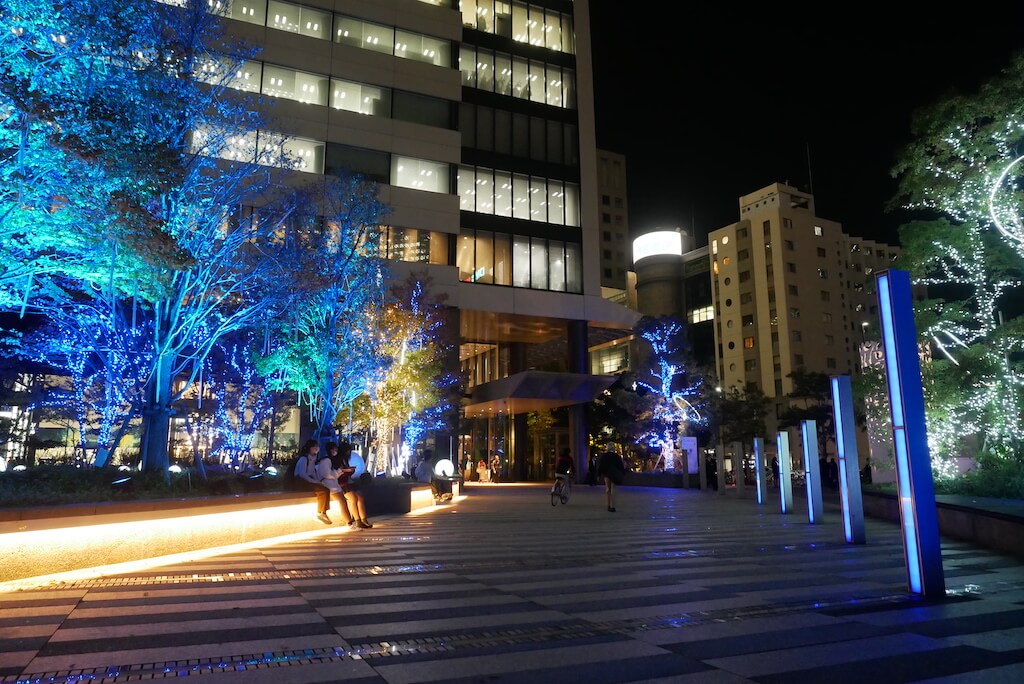
What to Bring
You’ll want to pack warmly for your winter trip! Warm layers, gloves, a hat and a wind-proof jacket are a must. Don’t underestimate the dryness and the wind, either! Make sure to pack (or buy) extra moisturizer for refreshing your skin after a day in the winter winds.
If you’re looking for the full details on what to pack in any season, check out our full What to Pack on your Trip to Japan full post here!
Top Spots and Things to Do in Winter in Nagoya
You can definitely visit most of these places year round! However, due to weather, holidays, and other seasonal considerations, we recommend them for winter trips. Read on to find out more!
Illuminations
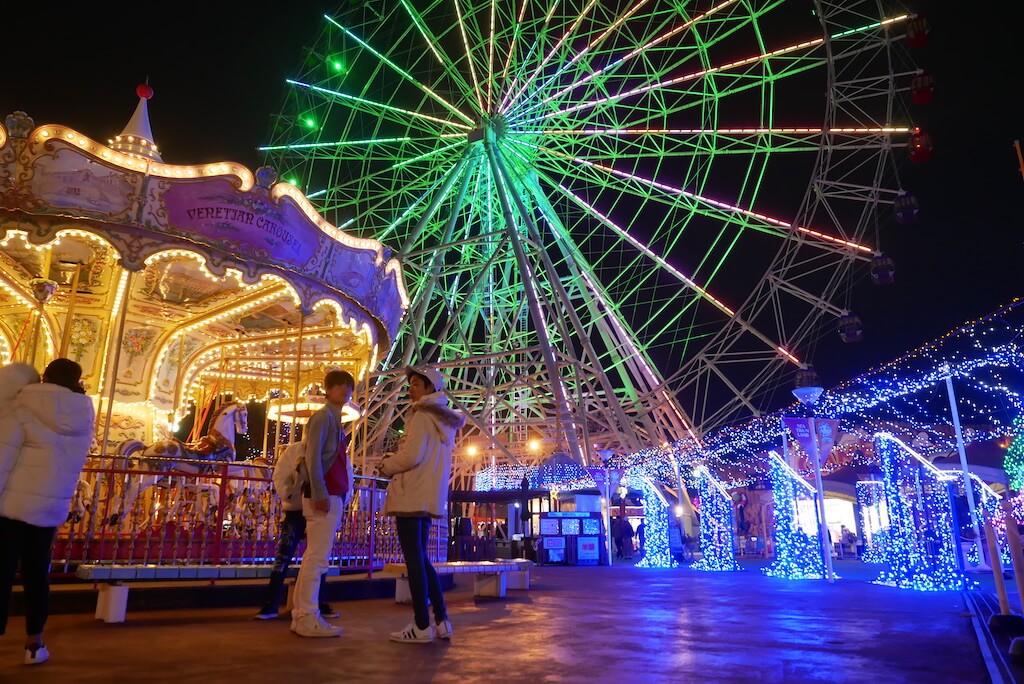
Japanese people absolutely love illuminations, and winter is the perfect time to see them! Buildings, parks, and shopping centers alike all vie for who can create the most spectacular displays. You’ll find picture-perfect illumination displays all over the city, starting mid-November and continuing through the end of December.
For a detailed list, check out our detailed Winter Light Ups and Illuminations post here! This post contains the 2024 information, but rest assured, we will update it as soon as the 2025 Light Up dates are released.
Nabana no Sato
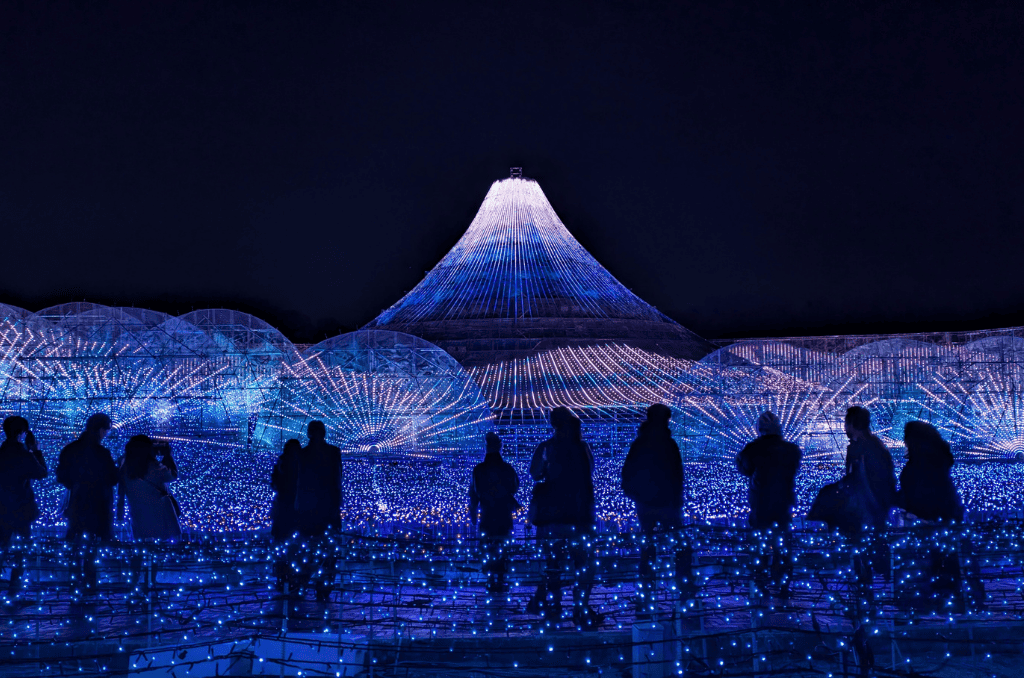
Nabana no Sato is a flower garden just a bus-ride away from Nagoya. While there are beautiful flowers blooming here year-round, the best time to visit is definitely winter! From October through June, there is a seasonal light-up all over the park. Visitors come from all over Japan to see the light show, which changes every year, and to walk through the tunnel of light. For the full details of Nabana no Sato, check out our full article here.
Nabana no Sato (なばなの里)
Address: Urushihata 270, Nagashimacho Komae, Kuwana, Mie 511-1144
Opening hours: During Illumination season 10:00 to 21:00 (on some days until 22:00)
Price: Adults 2500 yen (including 1,000 yen consumption voucher), children under 6 free
* Note: opened during the New Year holidays. Pricing and hours differ from 12/1-1/5 and during the Christmas Special Event, which requires purchasing tickets in advance.
Website | Google Maps
Nagoya Castle

Nagoya Castle Winter Festival is also during this time! This festival is held yearly on January 1st. If you arrive when the festival starts at 9:00am, you’ll be able to witness the festival gates opening for the first time of the new year – an auspicious event. Throughout the course of the festival there are other events such as performances by Hattori Hanzo and the ninjas, comedy shows, celebratory traditional dances, and free gifts for the first people that arrive.
Nagoya Castle (名古屋城)
Entry Fee: Adults: 500 yen; adults over 65: 100 yen; children free
Opening Hours: 9:00 – 16:30
Address: 1-1 Honmaru, Naka Ward, Nagoya, Aichi 460-0031
Website | Google Maps
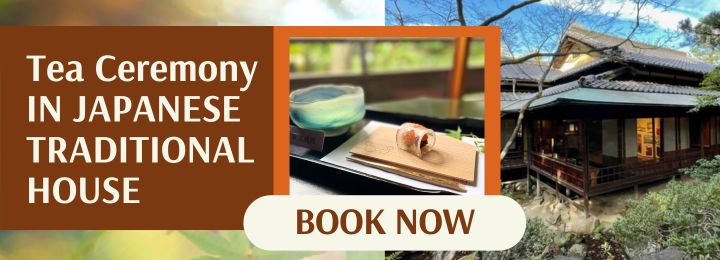
Top Winter Day Trips
Do you have a free day in your itinerary and want to venture outside the city? Nagoya is a central transport hub which makes it so easy to access other parts of Japan. These are our top spots for day trips within a few hours from Nagoya by public transport, and all of these are absolutely gorgeous in winter!
Magome Tsumago

If you are interested in outdoors, a hike along the Nakasendo Trail is a wonderful way to spent a day! Enjoy the crisp mountain air while hiking along this historic route through the mountains that once connected Tokyo and Kyoto. It was used by feudal lords, merchants, and other travelers during the Edo period. Magome and Tsumago are two of the 60+ well-preserved towns that are long this route, which today is a popular hiking trail. Concerned about getting lost? Join us for a guided tour of the Nakasendo trail with a knowledgeable guide to teach you about the rich history of the area, while also making sure you don’t get lost! Click the banner below for details.
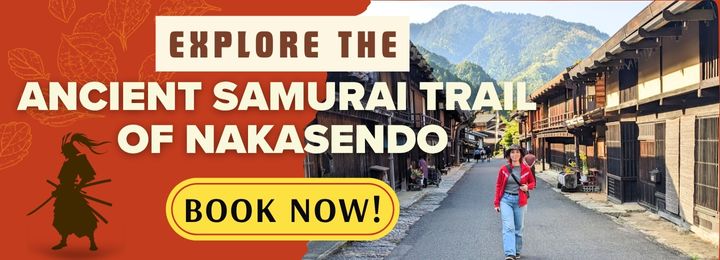
Gujo Hachiman
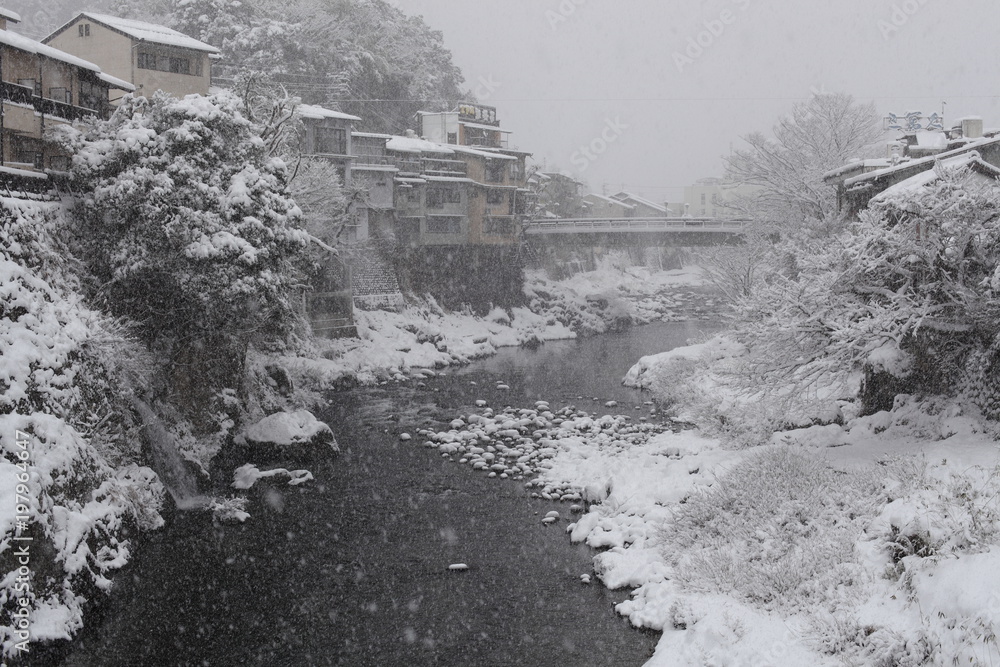
Gujo Hachiman is most commonly known for it’s Bon Odori Festival, which takes place in the summer. But Gujo Hachiman is also a lovely place to visit in the winter. With the exception of during the Bon Odori Festival, during which Gujo Hachiman recieves over 300,000 visitors, this area is otherwise extremely quiet, making it an ideal destination for those who are looking to get away from the hustle and bustle of large cities.
Gujo is known for its unique appreciation for water, but did you know that Gujo is also famous for plastic food replicas? If you stop in Gujo Hachiman, we highly recommend a visit to Sanpuru Kobo, where you can make your own plastic food replicas as well as purchase unique plastic food souvenirs. An experience ticket also gets you access to their museum, which is a unique collection of items from 80’s and 90’s Japan, including a Nintendo64 console you can play!
Also don’t miss the Kanzarashi Festival! Scroll down for more details.
Gero

We mentioned you might want to visit a hotspring if you’re here during the winter, and Gero Onsen is the best place to do that! A 2 hour train ride from Nagoya, this cute little town nestled in the Alps is famous for its natural hot spring water. There are dozens of onsens for you to try here!
Something to note is many onsen in Japan have very strict policies regarding tattoos. However, even if you have tattoos and cannot visit a public onsen, there are still options in Gero! There are onsens designed for just your feet and hands that anyone can use.
Shirakawago
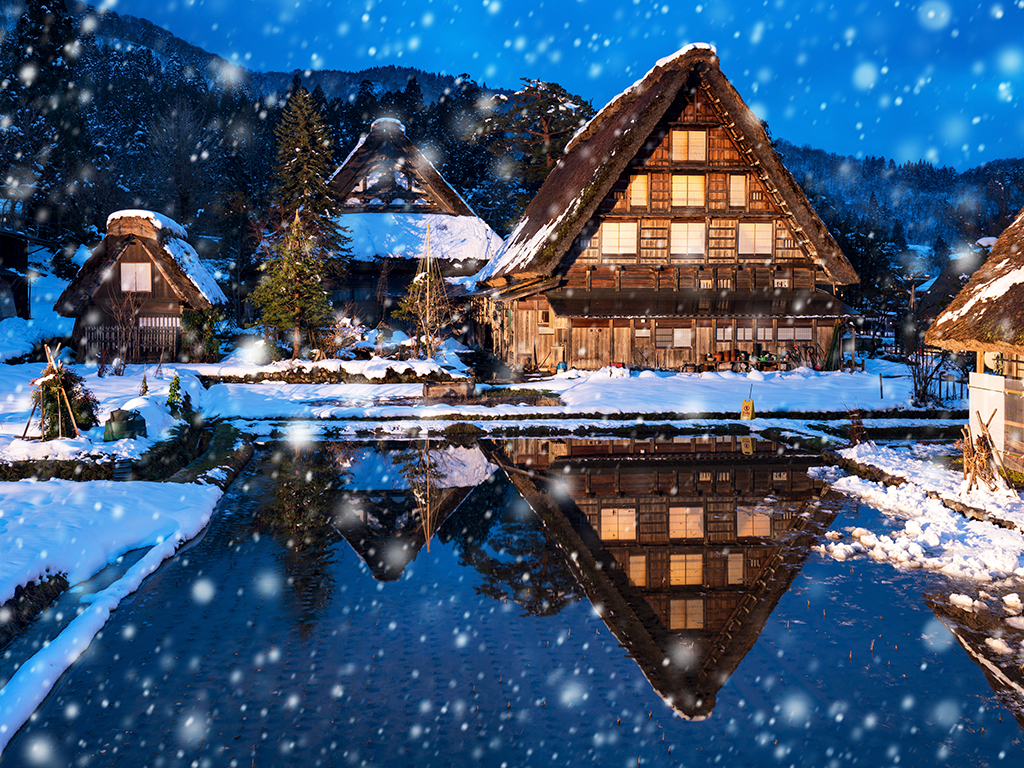
Lastly, two of the most popular tourist destinations in Gifu are in the Alps region. These are Shirakawago and Takayama. Both of these individually might be a bit far for a day trip from Nagoya, but if you’re willing to make the trip, you’ll certainly see why they’ve become so popular! Firstly, Shirakawago, pictured above, is a UNESCO Heritage site nestled in a small remote valley. A visit here will allow you to wander through the gassho-zukuri houses, in which people still live, and explore open air museums and exhibits. If you’re here during the winter, make sure you wear warm, water-proof shoes as you are pretty much guaranteed to be walking on snow!
Takayama is a small city which is known for its daily market. The fresh mountain air here is like no other! A visit to this market will allow you to shop for produce, artisan goods, and souvenirs. Takayama is also known for the historic Sanmachi District, which is an area of historic wooden houses that have been converted into sake breweries, artisan shops, and local restaurants.
Winter Seasonal Foods
Winter is the time to enjoy warm, rich and filling foods, as well as all kinds of citrus fruits, which are in season during winter. Nagoya Meshi, the regional cuisine of Nagoya, is known for its bold, rich flavors. Here are a few of our favorites that we love to eat during winter!
Oden
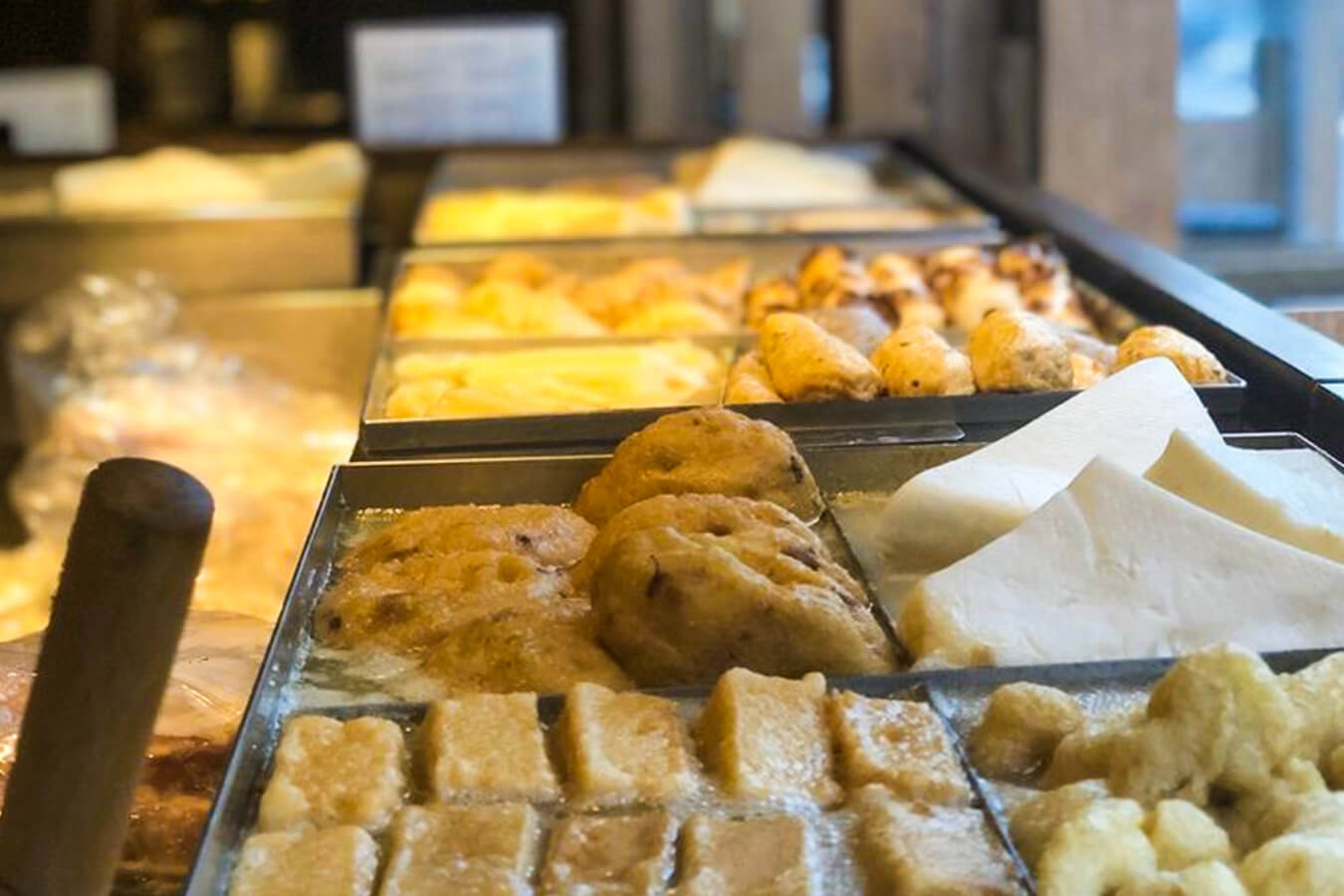
Our first seasonal spotlight is oden! It’s truly a sign that winter has arrived! You’ll see this everywhere starting in late fall and continuing until spring. Oden is a traditional Japanese hotpot dish filled where ingredients such as boiled egg, daikon, fish cakes, and fried tofu are simmered in broth. In Nagoya, we are big fans of Miso Oden, but you’ll also commonly see lighter, dashi-based broths. Curious about other Nagoya dishes? Check out our full Nagoya Meshi article for a deep dive into all 19 of Nagoya’s cultural dishes, as well as our recommendation for where to try Miso Oden.
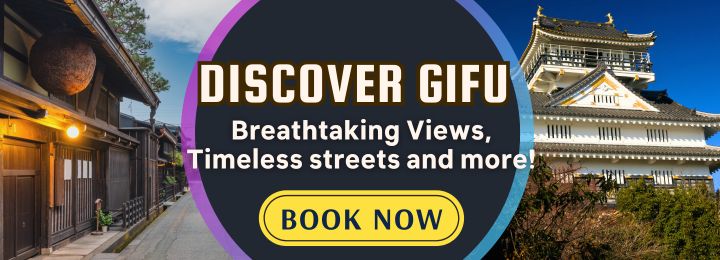
Citrus Fruits
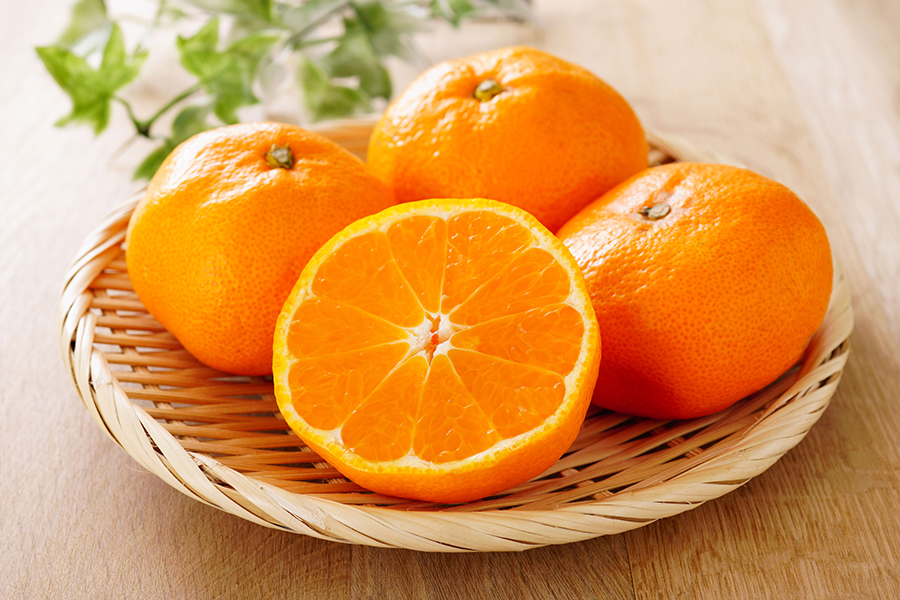
Did you know that there’s a town in Aichi that’s actually famous for citrus fruits? Gamagori, a small seaside town about an hour south of Nagoya, is famous all over Japan for Mandarin Oranges, which are called mikan in Japanese.
These small, sweet oranges are harvested from November through January, and are commonly eaten while sitting under a heated kotatsu table with family while relaxing during the New Year’s Holiday break. If you’re interested in a unique way to spend the afternoon, farms like Togokusan Fruits Park in Nagoya offering fruit picking experiences.
In addition to mikan, Gamagori also the Yaotomi Shrine, located on Takeshima island, as well as a If you’re interested in planning a day trip, check out our in-depth article about Gamagori so you can plan your day.
Hotpot
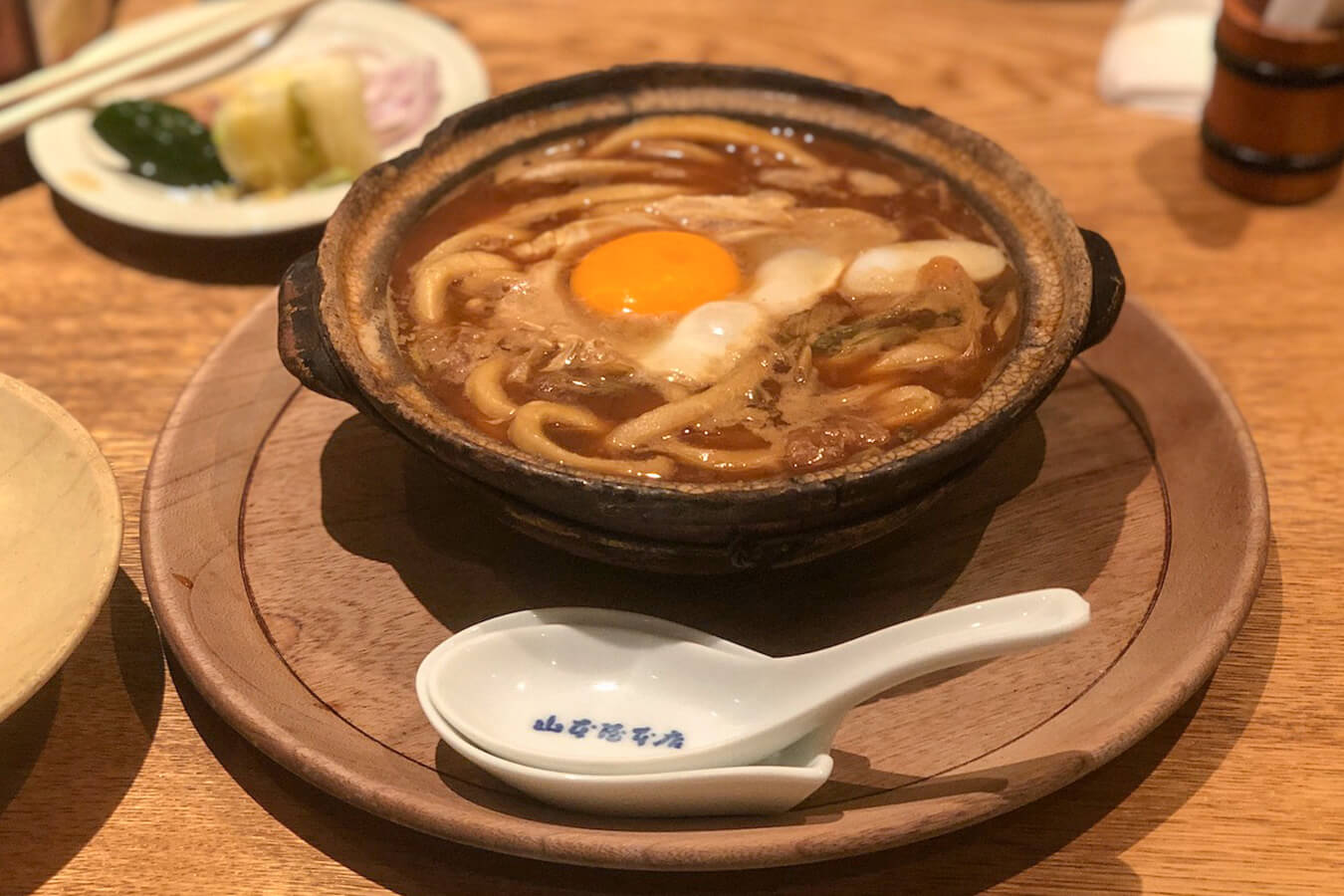
Winter is by far the best time to enjoy a bowl of delicious noodles, and what better noodle than Nagoya’s Miso Nikomi Udon? This dish is rich, savory, and the perfect way to warm up after a cold day! This dish is seasoned with Aichi’s famous Hatcho miso and filled with noodles, meat, mushrooms, and tofu, and typically topped with a raw egg that gently cooks inside the piping hot bowl of stew.
Miso Nikomi udon is considered an example of Nagoya Meshi – one of Nagoya’s cultural dishes. As such, we have created a whole roundup of our favorite places to try it! Click here to check it out. You’ll definitely want to try this dish if you’re here during the winter!
Amazake

Another seasonal item is Amazake (甘酒,) or Sweet Sake, is a non-alcoholic type of sake that is commonly enjoyed warm during the winter season (though you can drink it cold, as well). It’s purported to be healthy and full of amino acids and vitamin B, and used to be given to children and even babies! It’s also said to be good for your skin.
Seasonal Winter Events and Festivals
Nagoya Castle Winter Festival

Nagoya Castle Winter Festival is also during this time! This festival is held yearly on January 1st. If you arrive when the festival starts at 9:00am, you’ll be able to witness the festival gates opening for the first time of the new year – an auspicious event. Throughout the course of the festival there are other events such as performances by Hattori Hanzo and the ninjas, comedy shows, celebratory traditional dances, and free gifts for the first people that arrive.
Nagoya Castle Winter Festival (名古屋城冬まつり)
Entry Fee: Free
Opening Hours: 9:00 – 16:30
Address: 1-1 Honmaru, Naka Ward, Nagoya, Aichi 460-0031
Website | Google Maps
Gujo Hachiman Kanzarashi Festival

The Gujo Kanzarashi Festival is held twice a year during winter, usually at the end of January and beginning of February. People come together to prepare the Koinobori, or carp streamers, which fly during the spring children’s festivals. The main attraction of the festival is watching as artists use traditional methods to paint and dye the colorful fabrics, later submerging them in the icy Nagara River overnight. This festival is popular with photographers as well as artists and those that love Gujo’s special indigo dyes.
Konomiya Naked Festival
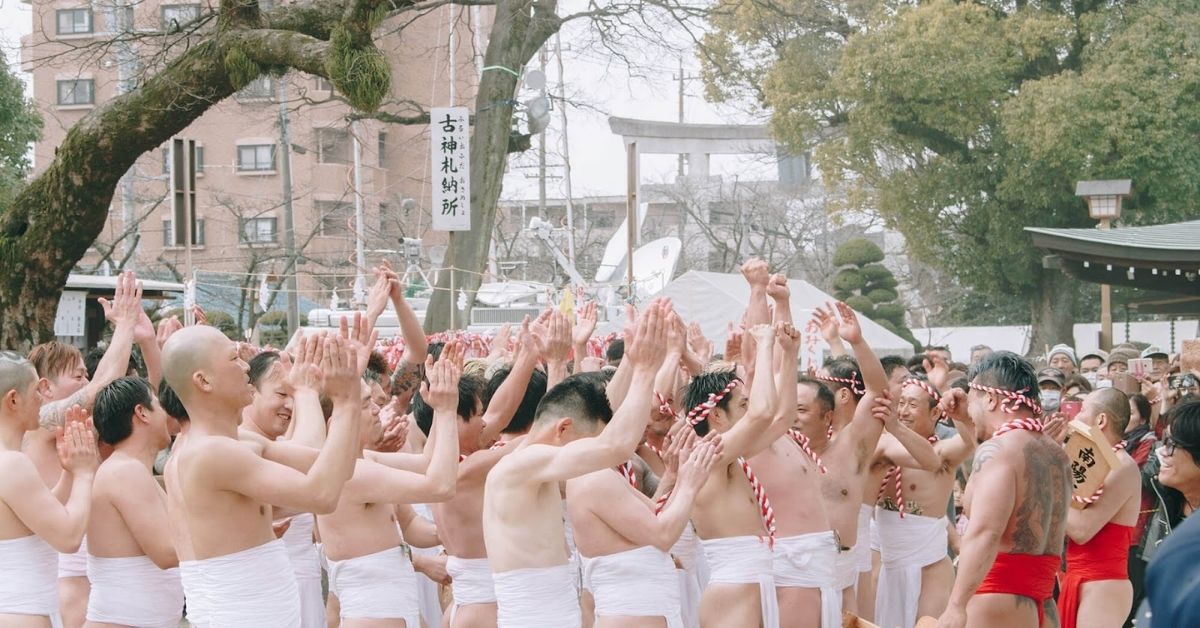
Dating back over 1,200 years, the Konomiya Naked Festival was originally meant to drive away evil spirits, but today it’s all about chasing out bad luck and welcoming in the good. Hundreds of nearly naked men, wearing only white loincloths and headbands, parade through the streets carrying colorful shrines while getting splashed with buckets of freezing water. The energy is loud, chaotic, and fueled by plenty of sake!
The highlight is the “Shinotoko,” or “God Man,” who runs completely naked through the crowds as everyone tries to touch him to pass off their bad luck. After praying at the shrine, he’s sent out of town, taking the misfortune with him. With food stalls, photo-worthy moments, and a festival atmosphere like no other, the Naked Festival is a must-see if you’re in Japan in February. Check out our article for more details!
The Naked Man Festival (裸祭り)
Entry Fee: Free
Date: Mid-February
Location: 1-1-1 Konomiya, Inazawa City, Aichi Prefecture
Website (Japanese only) | Google Maps
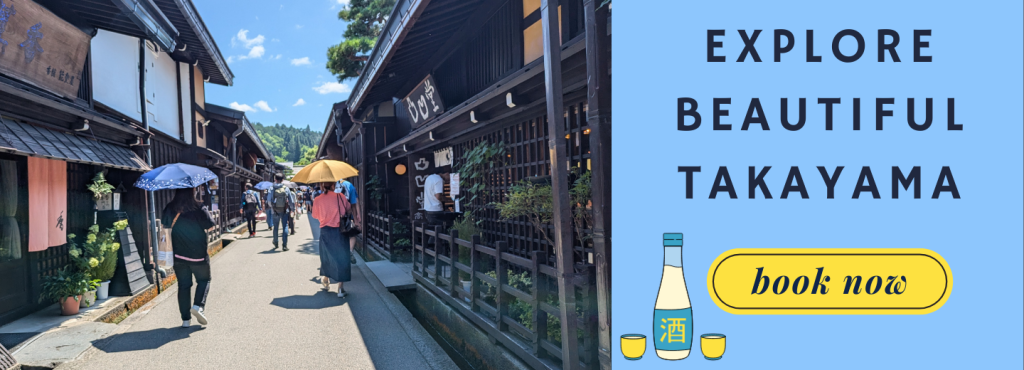
Toba Fire Festival
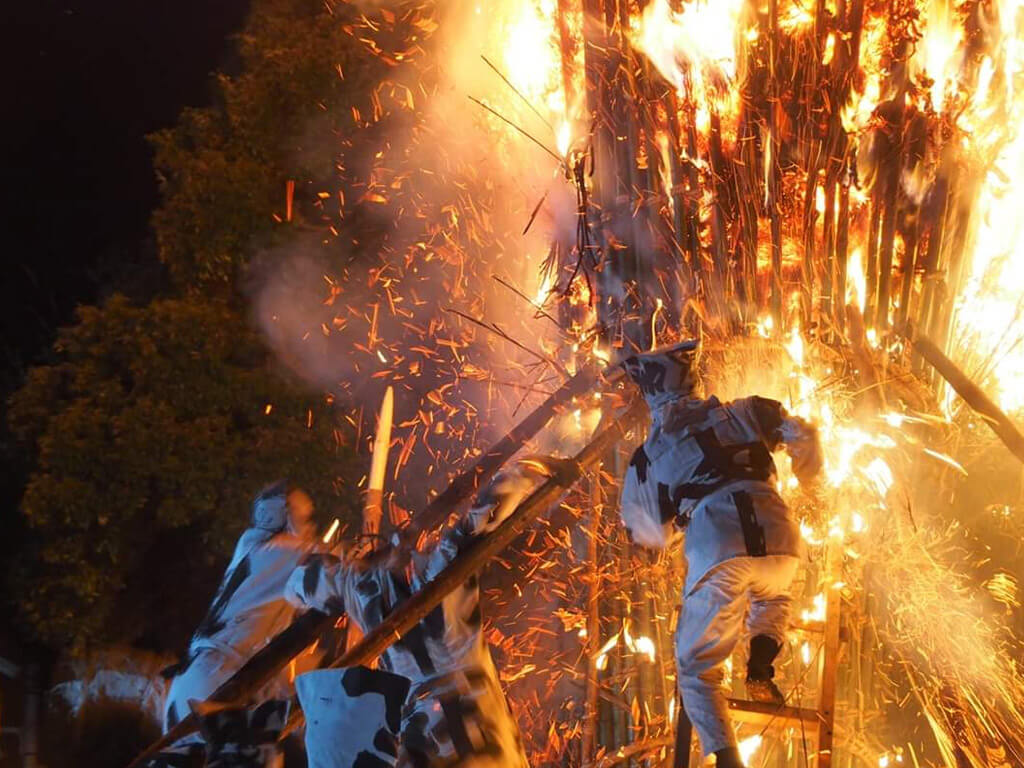
This festival is over 1,000 years old! A designated National Important Intangible Folk Cultural Property, you can witness this spectacle yourself on the 2nd Sunday of February at the Toba Shinmeisha Shrine in Nishio.
During the festival, participants climb up on two giant flaming torches and compete to see who can remove the sacred wood and ropes out from the blazing bonfires. Once they are successful, these items are offered to the gods. The results of the competition supposedly dictate the year’s weather and the quality of the upcoming harvest.
Aside from this festival, Nishio is also famous for being one of the largest producers of matcha and other tea throughout Japan! Learn more about Nishio here.
Toba Shinmeisha (鳥羽神明社)
Festival date: Second Sunday of February
Dates: October 25 – November 16 2025
Address: 89 Nishibasama, Tobacho, Nishio, Aichi 444-0704
Location: Website (Japanese only)| Google Maps
This post was last updated in September 2025.
Although we strive to provide you with the most accurate and up-to-date information possible, please note that changes may occur nonetheless. We recommend you confirm any relevant information, such as event cancellations or changes, opening hours, or possible restrictions, using a direct source. Please keep in mind that these sources might be in Japanese only.
Did you enjoy this article?
Make sure to also check out our other posts about Nagoya and trust us if we say Nagoya is not boring!
Be sure to follow us on Facebook for new articles every week, and see our Instagram for pictures and stories about Nagoya!
Tag us 📲
Which museum on the list is your favorite? If you have visited any museum on the list please share it and tag us on social media with #nagoyaisnotboring

